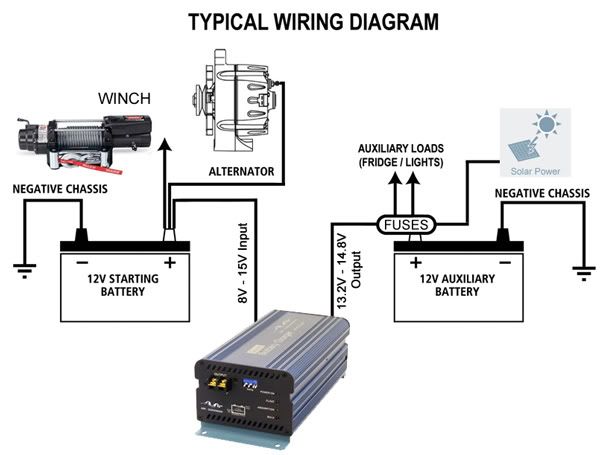I think this is what Roo means...
This is my AC charger
http://www.projecta.com.au/site/Defa...ons_Issue4.pdf
If you read the destructions you can see it varies current and voltage for some nefarious purpose. Guess the DC-DC does this too? Haven't researched it yet.
Andrew the difference I think is I had an issue and you haven't. All the DC charger does is totally isolate the auxiliary (ies) and lets you decide what input voltage it charges the auxiliary at. The diode upgrade goes some way towards that but the DC charger gives you options. It might also make a damn fine cup of tea but I doubt it.
This is my AC charger
http://www.projecta.com.au/site/Defa...ons_Issue4.pdf
If you read the destructions you can see it varies current and voltage for some nefarious purpose. Guess the DC-DC does this too? Haven't researched it yet.
Andrew the difference I think is I had an issue and you haven't. All the DC charger does is totally isolate the auxiliary (ies) and lets you decide what input voltage it charges the auxiliary at. The diode upgrade goes some way towards that but the DC charger gives you options. It might also make a damn fine cup of tea but I doubt it.


Comment